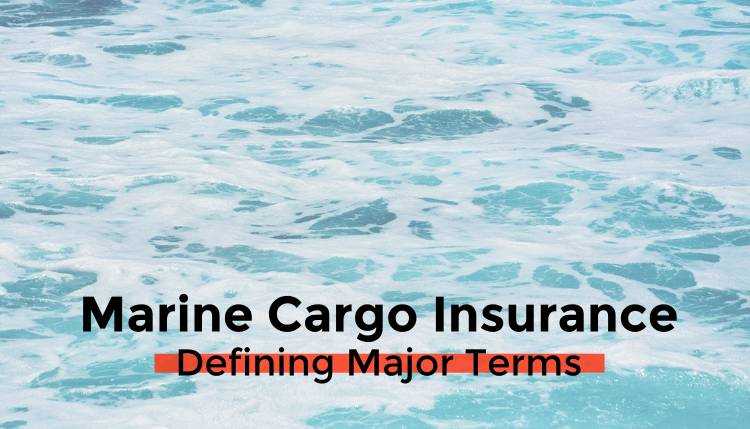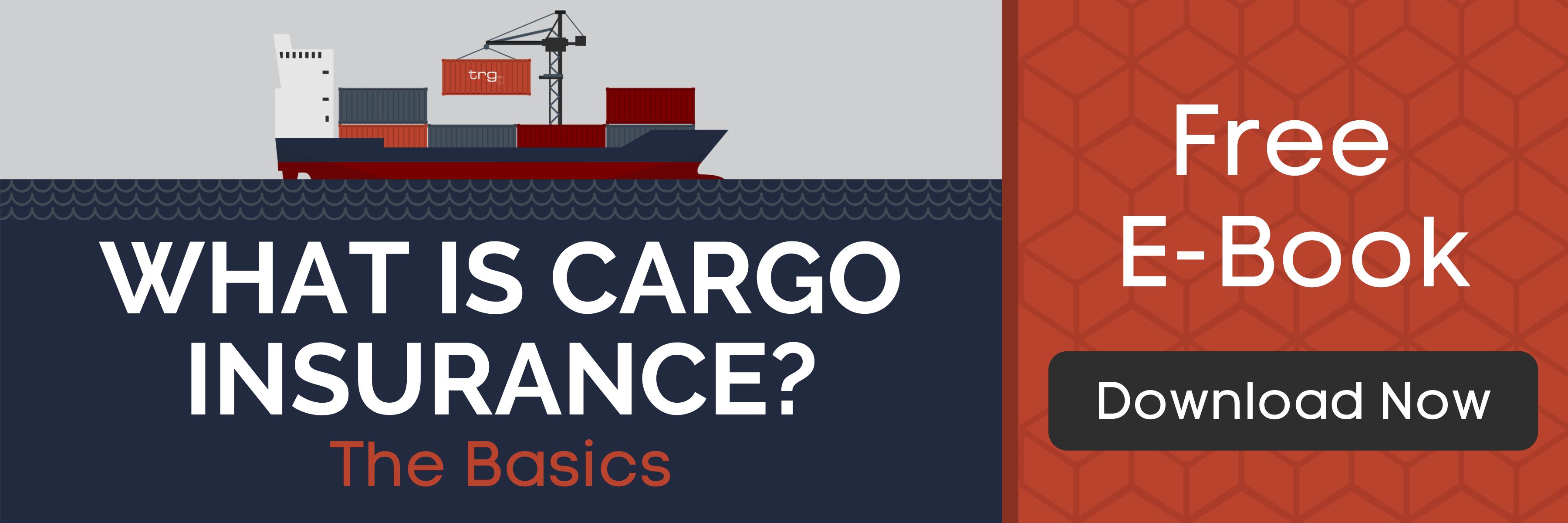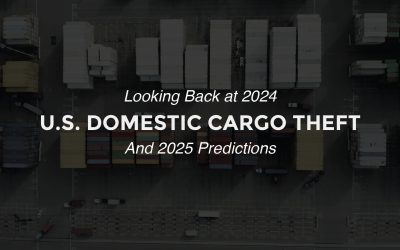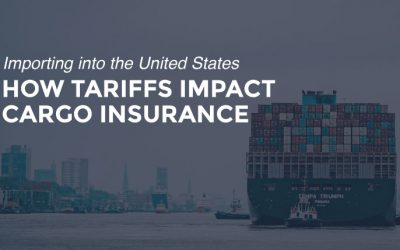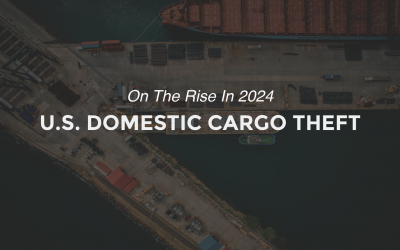Marine cargo insurance is an excellent risk management tool when used efficiently, but some business owners do not have a full understanding of the importance of having a policy.
Most global sourcing business owners secure marine cargo insurance in some capacity, whether it’s purchased as part of a package through their vendor, or they hold their own annual policy. Understanding just a few key terms and concepts can go a long way towards procuring lower prices and more inclusive coverage.
Let’s take a moment to go over a few of these terms:
General Average
General Average is a highly important principle of maritime law. Say you’re shipping goods overseas, sharing a vessel with several hundred other cargo owners. The ship navigates into rough seas, takes on water, and must jettison some of its cargo in order to avoid capsizing. This is when the general average principle applies. Since the cargo was jettisoned in order to protect the vessel, the crew, and the other cargo, the owner of the jettisoned cargo is not the only party to incur a loss and sacrifices. During an emergency, losses are shared amongst all cargo owners. Dropping that cargo off the deck saved the rest of the cargo on the vessel from certain disaster. Regardless of whether or not any particular party’s cargo was damaged during the incident, they must pay for an averaged share of the jettisoned cargo, damage to the vessel, expenses to get the vessel safely to shore, etc. Some marine cargo insurance policies include general average coverage, and some don’t.
For a deeper look into this maritime law, read the Story of General Average and the M/V MSC Sabrina.
All-Risk
All-risk coverage means just what it sounds like: it covers all risks of physical loss or damage unless otherwise stated as an exclusion. Usually, the list of exclusions is relatively short. Some common exclusions are inherent vice and loss of market. While some insurance policies are defined by the named perils they cover, all-risk will cover ANY-thing that is not specifically excluded. Theft? Covered. Water damage? Covered. Dog attack? Covered, unless listed as an exclusion. All-risk coverage is a good thing to have when it’s available at a good price.
Concealed Damage
Concealed damage occurs when damage to cargo isn’t evident upon receipt of the cargo. As an example, consider a shipment of computer components arriving in pristine boxes which are packed in perfectly intact shipping containers. When the boxes are opened at a later date, it’s discovered that the components are completely pulverized inside their packaging. This is an example of concealed damage. Some policies cover this; some don’t. All-risk policies cover concealed damage unless it is listed as an exclusion.
Taking time to audit your marine insurance coverage and the price range is smart business. International traders benefit from making sure their goods are covered against all the perceivable perils that they might face during transit, and as many unperceivable perils as possible. Getting more inclusive coverage at a better price is as easy as calling your marine insurance provider. If you don’t have your provider’s contact information handy, it’s not likely you’re getting a great deal on your policy. Marine insurance specialists work hands-on, directly with importers to offer the best price and the most robust coverage. How are you covering your goods, and what have your experiences been with that coverage?

